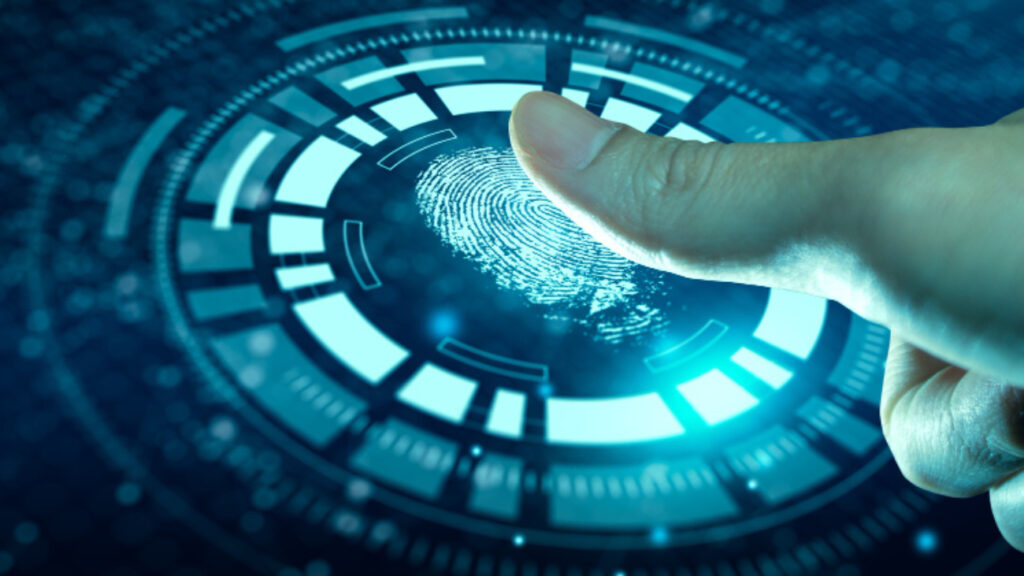Tokenization, a process enabled by Distributed Ledger Technology (DLT), is revolutionizing the financial landscape stated Bahaa Abdul Hussein. At its core, tokenization involves converting real or tangible assets into digital tokens. These tokens are then stored and managed on a blockchain. This intersection of tokenization and DLT brings forth a myriad of possibilities, reshaping how we perceive and interact with assets in the digital era.
Benefits of Tokenization
One of the primary advantages of asset tokenization is the increased liquidity it offers. By fragmenting assets into tokens, previously illiquid assets such as real estate or fine art become easily tradable. Fractional ownership is another key benefit, democratizing access to high-value assets and opening up investment opportunities to a broader audience. Additionally, tokenization enhances security through cryptographic measures and ensures streamlined and efficient transactions, reducing the need for intermediaries.
Technical Aspects of Tokenization
Smart contracts, a fundamental component of tokenization, facilitate and automate the execution of contractual agreements, eliminating the need for intermediaries and reducing the risk of fraud. Interoperability ensures that tokens can seamlessly move across different blockchain networks, promoting a more connected and efficient ecosystem. Decentralization and immutability, inherent features of DLT, contribute to the trust and transparency essential for the success of tokenized assets.
Regulatory Landscape
While tokenization presents significant opportunities, navigating the regulatory landscape is crucial. Current challenges include a lack of standardized regulations and varying levels of acceptance across jurisdictions. As the technology matures, regulatory frameworks are evolving to address concerns and provide a stable environment for the growth of tokenized assets.
Challenges and Solutions
Scalability, security, and integration challenges are hurdles that must be addressed for widespread adoption. Solutions involve advancements in blockchain technology, heightened security measures, and concerted efforts to educate stakeholders about the benefits and risks of tokenization. Overcoming these challenges is essential to realizing the full potential of this transformative technology.
Future Outlook
Looking ahead, tokenization is poised to witness further innovation and adoption. Emerging trends such as non-fungible tokens (NFTs) and the tokenization of intellectual property are shaping new frontiers. As industries continue to explore and embrace this paradigm shift, traditional financial systems may undergo profound transformations, ultimately paving the way for a more inclusive and digitized financial future.
Conclusion
In conclusion, the tokenization of assets through Distributed Ledger Technology is not merely a technological advancement – it represents a paradigm shift in how we perceive, trade, and invest in assets. The intersection of tokenization and DLT has unlocked new possibilities, providing a secure, transparent, and efficient framework for managing a diverse range of assets.
Looking toward the future, the trajectory of tokenization appears promising. The emergence of trends like non-fungible tokens (NFTs) and the tokenization of intellectual property signal a continued evolution of this technology. As industries embrace these changes, traditional financial systems may witness a profound transformation, ushering in a new era of inclusivity, accessibility, and efficiency in the digital economy. The tokenization journey is far from over – it is an ongoing narrative of innovation, adaptation, and the redefinition of value in the digital age.
The blog has been authored by Bahaa Abdul Hussein and has been published by the editorial board of Fintek Diary. For more information, please visit, www.fintekdiary.com.







